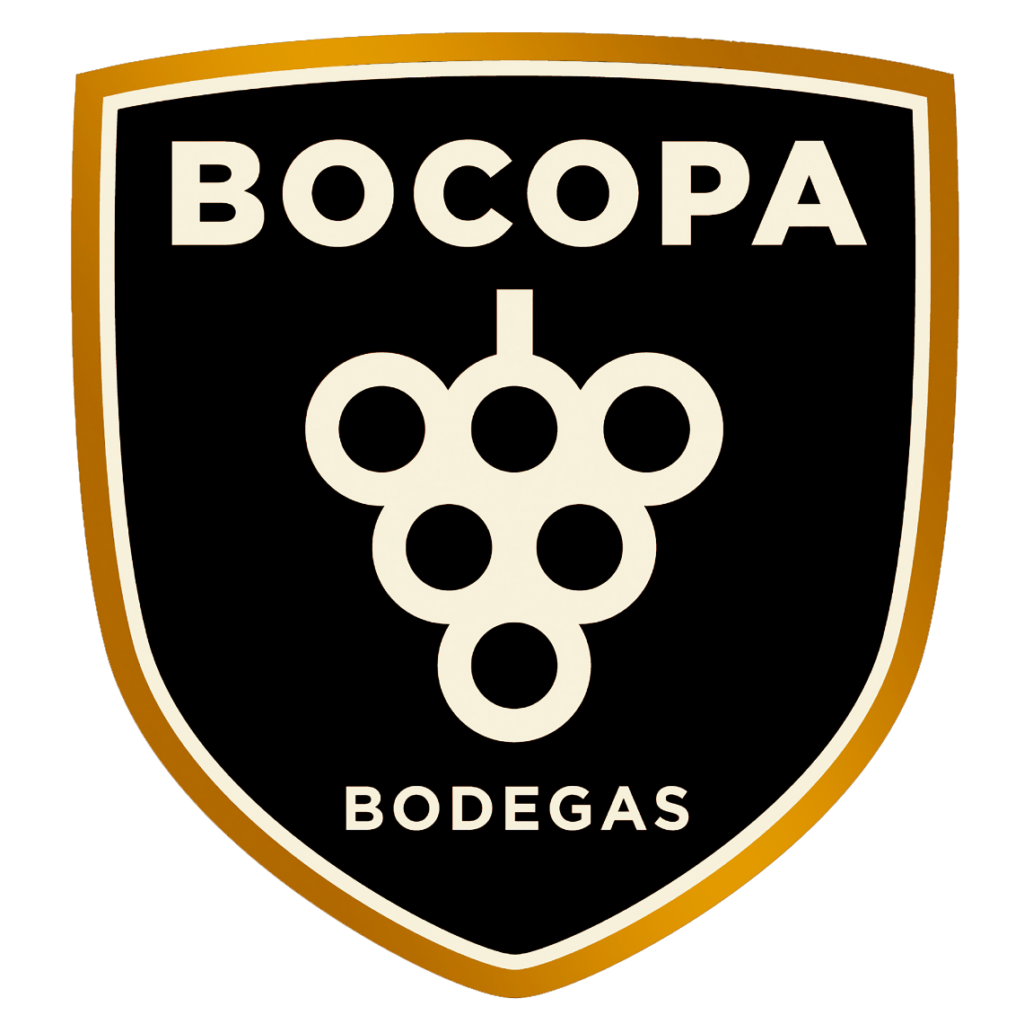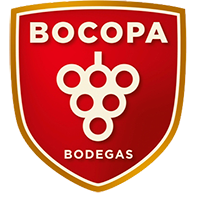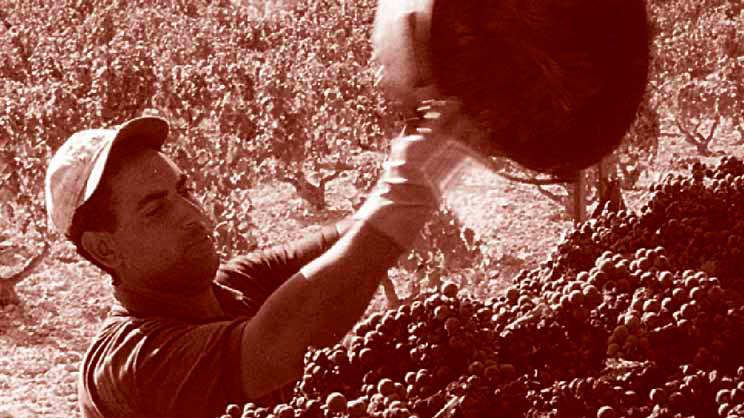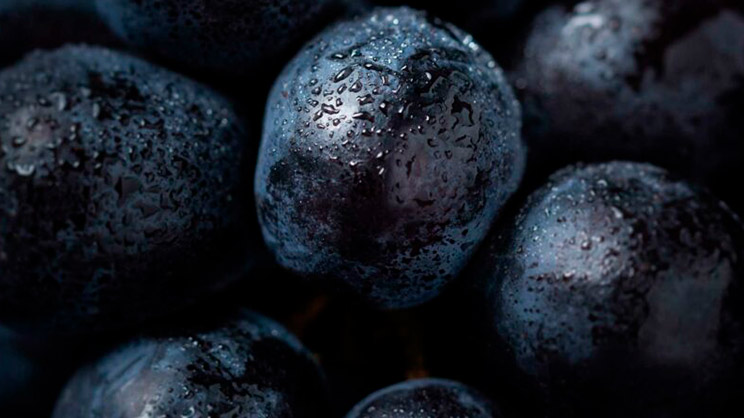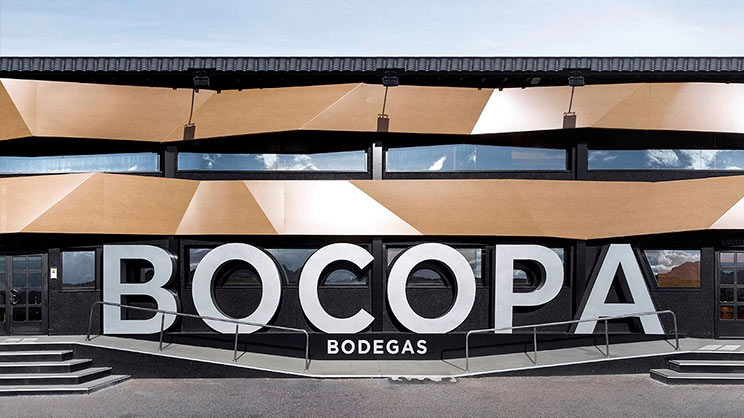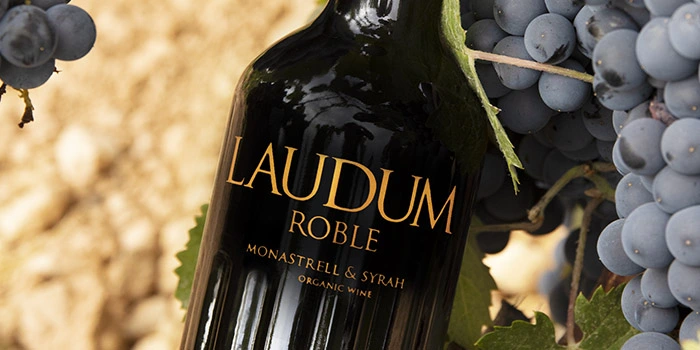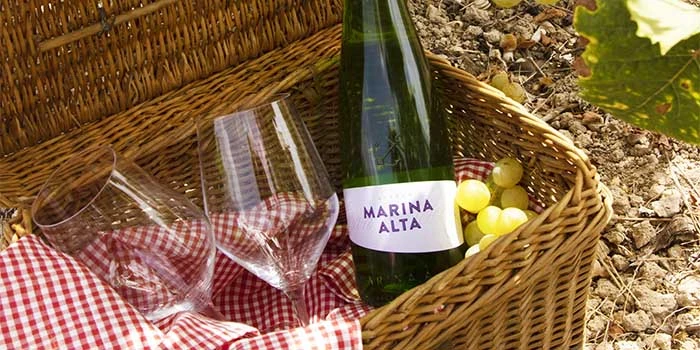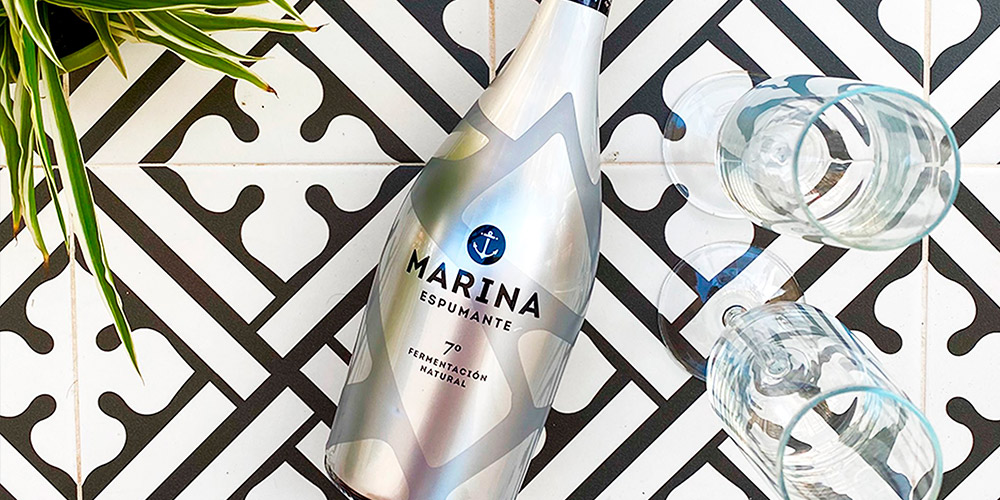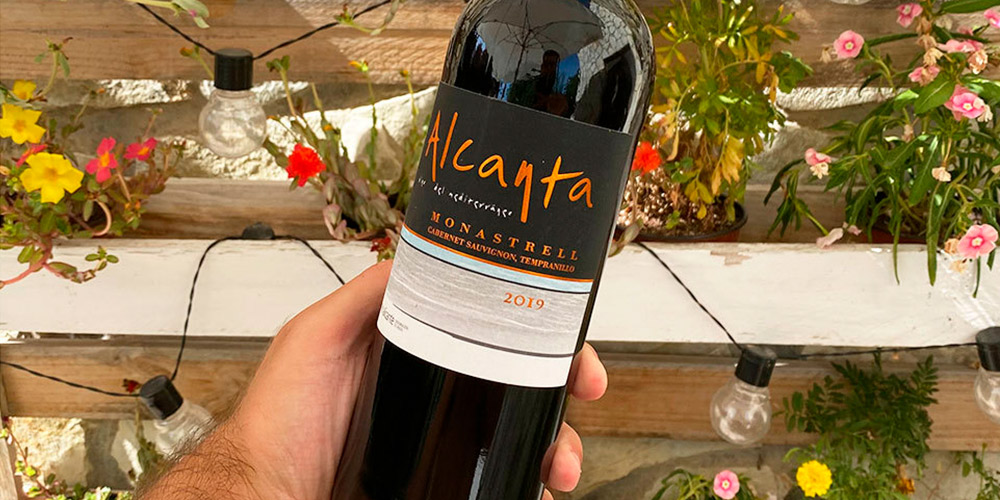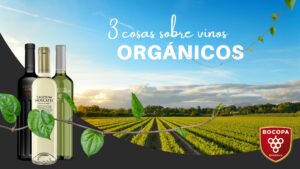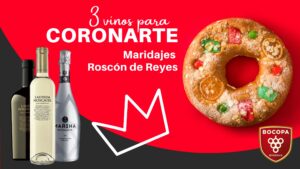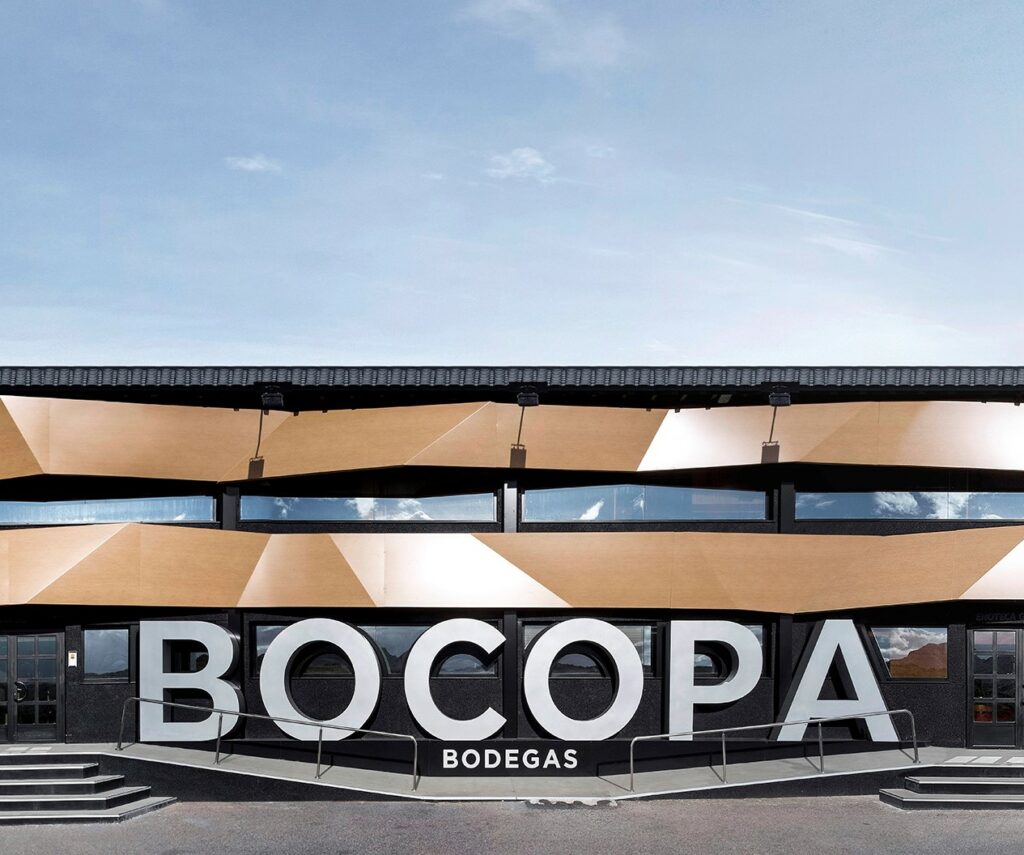We have all heard of young wines, crianza, reserva, gran reserva … But do we know exactly how they differ from each other? It is a classification of wines based on the rearing period they have experienced.
Young wine (Vino joven)
As a rule, although periods required may vary depending on the regulatory boards of the different denominations of origin, are young wines that are bottled just after or (alcoholic and / or malolactic) fermentation in steel tanks .
Oak wine or semi-aging (Roble o semi crianza)
It is the wine that has spent less than six months in the barrel, but without raising periods various regulatory boards. One of the most relevant characteristics of the semi-aging wines, is that it has a slightly longer than the life of young wines.
Aged wine (Crianza)
According to Law 24/2003, of July 10, of Vine and Wine, the term «parenting» may use the red wines that meet a minimum aging period of 24 months, of which at least 6 months have had to remain in oak barrels.
The same for white and rose wines that meet a minimum aging period of 18 months, of which at least 6 months have had to remain in oak barrels.
Reserve wine (Reserva)
Under the law, the term «reserve» may use the red wines that meet a minimum aging period of 36 months, of which at least 12 months have had to remain in oak barrels.
The same for white and rose wines that meet a minimum aging period of 24 months, of which at least 6 months have had to remain in oak barrels.
Gran reserva wine
Legally, the wines whose labels include the word «gran reserva» are ones that meet a minimum aging period of 60 months, of which at least 18 months have had to remain in oak barrels.
The white and rosé wines must have large reserve a minimum period of aging of 48 months, of which at least 6 months have had to remain in oak barrels.
What’s your wine?
